The exhilarating sport of snowboarding has finally got its hooks in you! Maybe you went on a recent ski trip and watched some snowboarders carve their path all over the mountain. You knew you wanted to be them right then, and we don’t blame you! The problem is, you don’t know how. Well, you’ve come to the right place.
This is going to be the ride of your life, and we’re on board with getting you ready for your first snowboarding experience. This could be the beginning of a lifetime of fun on the mountain.
It’s hard to beat the thrill of being on the mountain, the crisp air against your skin, your heart pumping in your chest as you’re ready to launch yourself down that mountain.
Snowboarding isn’t like most sports because it’s tough just to grab a snowboard and go without a bit of training and experience. We’ve put together a guide to help you through the process of getting your feet wet. You’ll be an expert in no time and look back at your first snowboarding experience with fond memories.
How to Learn to Snowboard
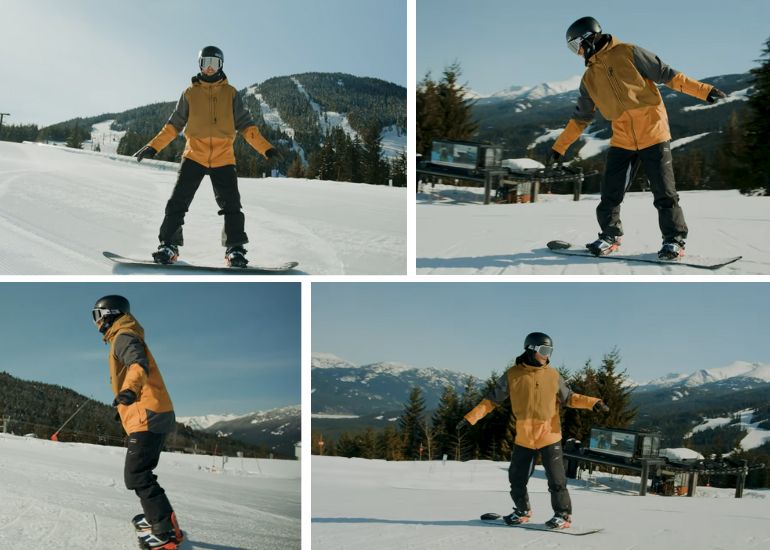
It’s an exciting time in your life for beginner snowboarders learning how to snowboard. It’s a lot easier than you would think to learn how to snowboard or how hard is snowboarding. We’ll walk you through the basics of snowboarding for beginners so that you feel comfortable on the mountain.
If you are interested in the evolution of snowboarding with the passage of time check out our article.
Proper Snowboard Stance
Stance can be everything when it comes to keeping you on the board with your foot strapped in. You can start by flexing up and down. Make sure your weight is on both feet, and flex down as low as possible. Make sure that you keep both feet flat on the snow while doing this. Then stand up tall, again keeping your feet flat on the snow.
That’s the full range of motion for your stance. You want to get yourself into a neutral riding position so that your bent knees are slightly flexed. The stance varies from person to person, but your knees should be bent so that you’re about 20% shorter than normal.

How to Skate
Skating on a snowboard is no different than skating on a skateboard. It’s the simple process of leading with your front leg and pushing forward with your back leg.
First Steps
- Stand with your knees bent slightly and your head up so you can see where you’re going.
- Keep your arms out for balance if you need and push with your free foot behind or in front of your snowboard.
- Start by doing small shuffles until you find your balance. Then move into longer foot pushing and when you get some momentum, put your free foot on the board and coast.
- If you need to turn around, put your foot in the snow in front or behind your board and pivot around.
How to Glide
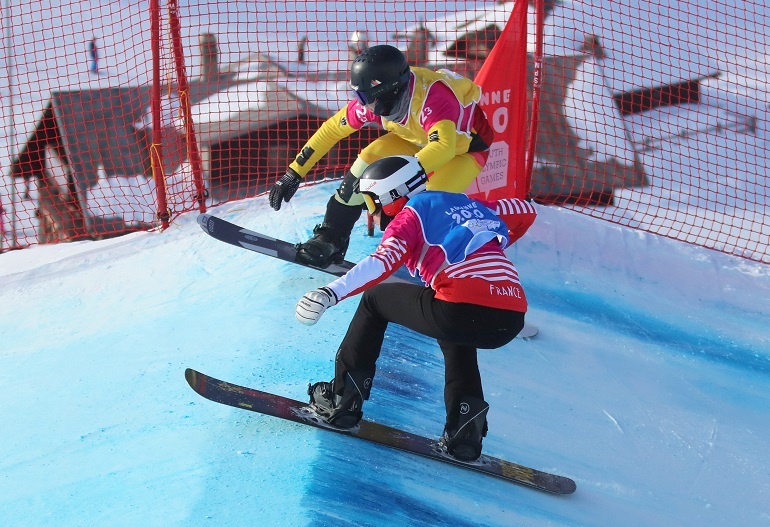
One of the most basic snowboard skills is gliding, and you’ll always use this skill. It brings the pressure, balance, and edging skills that you need.
Step 1
You just need good posture for an excellent glide. You can practice by going to a hill in your backyard and getting into a stance with your knees slightly bent and arms down. Keep your shoulders even with the slope of the hill. You want your hips and upper body parallel to the hill on a snowboard.
Step 2
Now that you have the posture down, you want to find a hill with a slight grade and a smooth runoff. It will allow you to run out of speed naturally. Bunny hills are always great for this.
Step 3: Straight Glide
Buckle your front foot into the binding and step up the hill about 10 or 15 feet. Rotate your board, so the nose points downhill and get into the correct posture. Get moving with your front foot, and then rest your foot against your back binding. For a straight glide, simply move downhill and stay put until you run out of speed.
How to Traverse
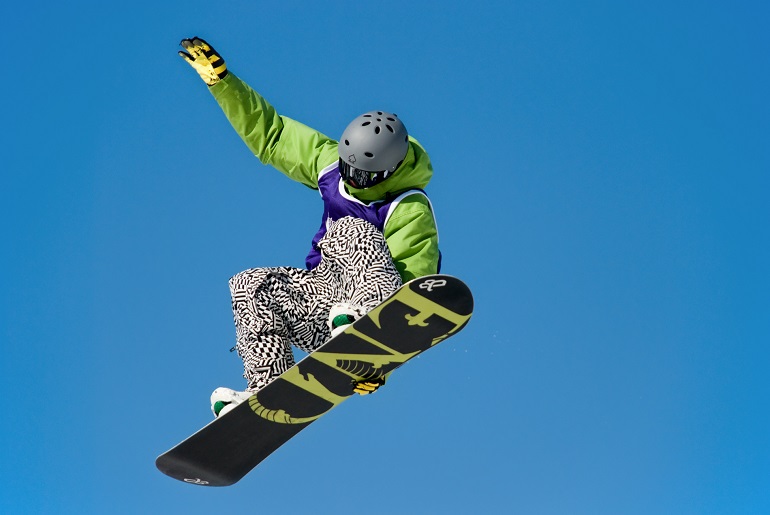
Traversing will help you to ride and gain edge control. It will also allow you to navigate new terrain, find pow stashes and help you deal with any slope you come across.
Beginner Traversing
As a beginner snowboarder, you can control your speed using a sideslip. It’s extremely important to be able to control your direction while traversing. Not all slopes are the same, and some might have obstructions.
The last thing you want is to be ejected and hold a yard sale on the slope. Traversing will allow you to get around people and objects in the way.
Linking Turns
One of the most advanced techniques in snowboarding is linking turns. You have to be comfortable with traversing before you move on to turns. Linking turns is the act of traversing, changing edge, and then traversing again. It’s time to grab those best snowboard pants and goggles and get boarding.
Turning Is Simply:
- Having control over your toe edge and heel edge side.
- Go straight down the mountain with your board for at least a few seconds.
Be prepared to fall on your butt many times before you get it down pat, but don’t give up.
For turning, you press your weight on your front foot, then your rear foot as you rotate your knee. Your feet start to change direction, but you will find your knee really rounds the turn.
All day long, it’s going to feel like a squat exercise, so be prepared to be sore at the end of the day. If you can convince a friend to push you, it will help you link turns.
Steps to Learn the Basics of How to Snowboard
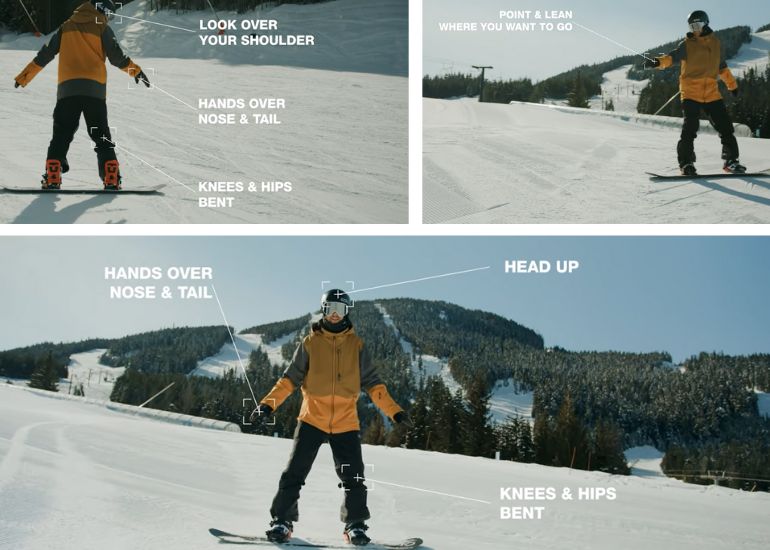
There are a few things to do before you begin the snowboarding experience. It’s not just about learning a few moves, you also need snowboarding equipment.
Preparing Before You Go
Preparing for a snowboarding trip can be as important as going on the trip itself. You will have to do certain things before embarking on your adventure.
Dress for Snowboarding
Dressing for snowboarding is just as important as snowboarding itself. You can wear your normal winter clothes, but you will feel out of place amongst the other snowboarders.
As the day goes on, you will start to feel miserable in your clothing. It’s best to be prepared for the cold weather as much as possible. If you think that you’re going to stick to snowboarding, it’s always nice to buy your own professional best snowboard accessories.
That way you will fit in with the other snowboarders and make sure that you are warm enough that you don’t have to go home early.
Here are a few things to bring with you to keep the cold away:
- Bring more clothes than you need. Bringing more layers always comes in handy, and bring extra gloves.
- Don’t wear cotton. When cotton clothing gets wet, it will take forever to dry, and they lose insulation. You will find yourself cold and wet almost immediately, with no relief. It’s best to wear wool or synthetic socks, insulating layers, and underwear.
- Dress for the chairlift. For boarders, you tend to spend a lot of time on the chairlift, so wear enough clothing to be comfortable sitting outside.
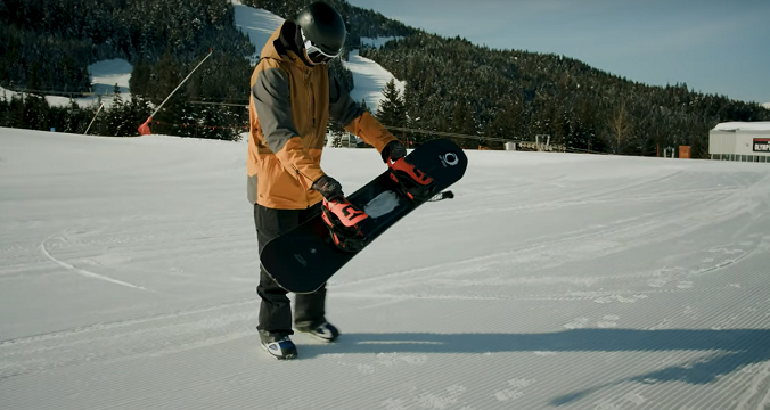
What to Bring Snowboarding:
- Dry change of clothes for the ride home
- Snacks
- Water
- Face mask
- Snowboarding gloves with wrist guards
- Best snowboarding goggles
- Snowboard boots
- Snowboarding clothing and extra layers
- Snowboard Bindings
- Snowboard Helmet
- Lift ticket confirmation
Check Everything for Fit
We’re not talking about mittens or gloves, but instead your all-around snowboard and boots. These are the things that have to be sized properly so that you’re not wiping out on the mountain.
Sizing your snowboard is very important when learning to snowboard. You can use the traditional method of sizing a board by standing it up and seeing if it reaches your chin. In order to be a success at snowboarding, you have to have the right fit.
Fit Your Bindings
It’s important to ensure that your heel fits snugly in the binding. A properly fit binding will allow your boot to flex but not sway. It’s important to have comfortable ski or snowboarding boots, but also that the bindings securely grip your boots with no extra play.
Learning the Basics
You’ll need to first learn the very basics to get into action.
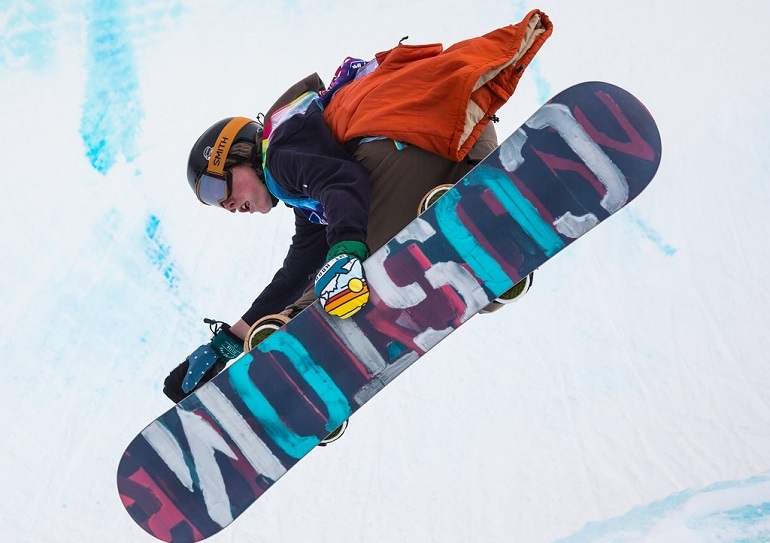
Get on Your Snowboard
Learning to snowboard is nothing to stress over. You simply point your snowboard straight down a gentle slope and move forward. Shift your weight on the front foot and ensure it’s over your toes.
Move your hips over the toe-side edge as you flex your knees and ankles. Getting your weight over the toe edge should start to turn the board as you glide across the hill. Don’t get too much speed until you’re comfortable with it.
Ride the Ski Lift up Once Ready
Chair lifts can be intimidating if you have never ridden one before. Before you get in the chairlift line, you want to make sure that you unstrap your back foot.
Next, shuffle up to the landing line on the ground, glance over your shoulder, and watch the chair come towards you. Sit down on it and lift your front foot, and you’re on your way. When you get off the chair, lift the restraining bar when you see signs that you’re near the top.
Strap Up
At first, you might find getting your feet strapped in more convenient while you’re sitting than standing up. On a flat area, put your board down. Make sure you put one foot on it, so the board doesn’t slip away. Start by strapping in your front boot. That’s your:
- Right foot if you’re goofy
- Left foot if you’re regular
Unstrap yourself by lifting up the tabs on the buckles and pulling out the ladders. Remove the snow that’s accumulated in the footbed by wiping it with your glove.
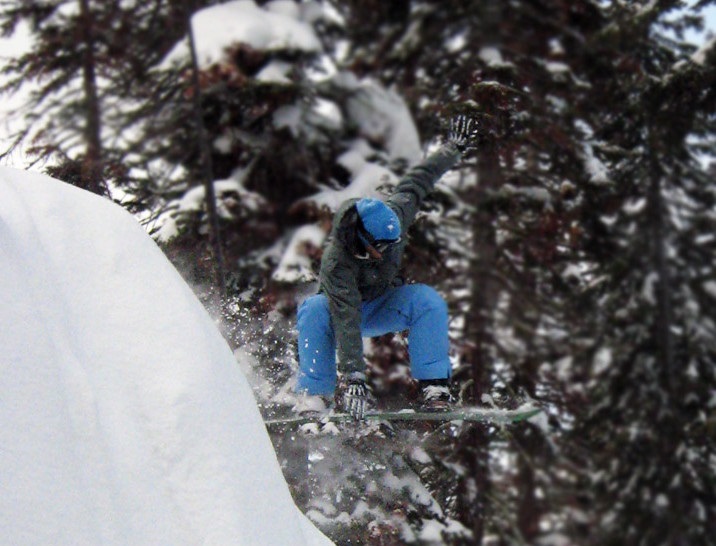
Practice Garlands
Garlands are turns on just one edge that travel down the fall line across the hill from a traverse. They are named after the type of shape that they leave in the snow. This is the beginning of a turn, and they start with your feet.
A toe-side garland starts on a toe-side as a toe-side traverse. Press down on the toes of your front foot to turn slightly uphill. Remove the pressure off both your toe, and the tip of your snowboard will start heading back downhill. Keep practicing it until it becomes easier.
Come to a Stop
You might think that coming to a stop is easy and not something you have to learn, but it can be harder than you think. Imagine yourself barreling down a hill, and you notice something in your path. You might not be able to avoid it, and your best course of action is to stop.
If you haven’t practiced stopping before, you might find that the board is just going faster and faster. Here are two ways in which you can stop yourself:
Practice Edge Control
Believe it or not, the edges of your snowboard act as brakes and can help you slow down. The metal strips surrounding your board can dig, scrape and bite into the snow as you move, creating the friction you need to adjust your speed. They also help you to carve and turn a snowboard.
Your edges can be your best friend when you need to slow down. Simply center your body weight between both feet and begin increasing the edge angle. It’ll eventually slow you down and you’ll come to a complete halt.
Basic Slide
An important beginner-level skill to learn is the basic slide. It’s the most basic way of slowing down your snowboard, and it’s pretty easy. You just slide your board perpendicular to downhill. It’s not a cool look, but it can quickly get you out of a pinch.
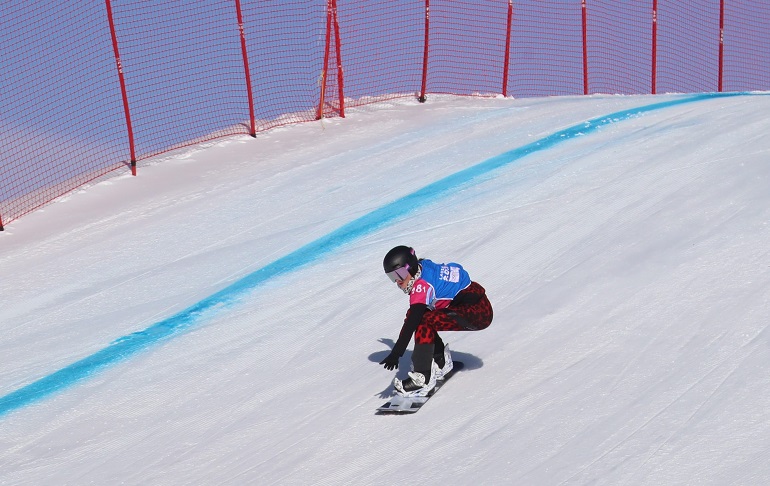
Conclusion
Snowboarding can be a fun and rewarding experience. You want to make sure that you have the basics down before heading on the mountain. It might be a good idea to consider taking snowboarding lessons to give yourself a good base and then move on to practice new snowboarding styles. You should also need to know the weight of your snowboard if you are a pro rider.
Getting good equipment is a step in the right direction to enjoying your first time snowboarding. Once you have your equipment, you can start planning for snowboard season and make a trip with your friends so you’re not doing it alone. But most of all, just enjoy your time and try to have fun!
0 Comments